May 5, 2024 | 21:30 GMT +7
May 5, 2024 | 21:30 GMT +7
Hotline: 0913.378.918
May 5, 2024 | 21:30 GMT +7
Hotline: 0913.378.918
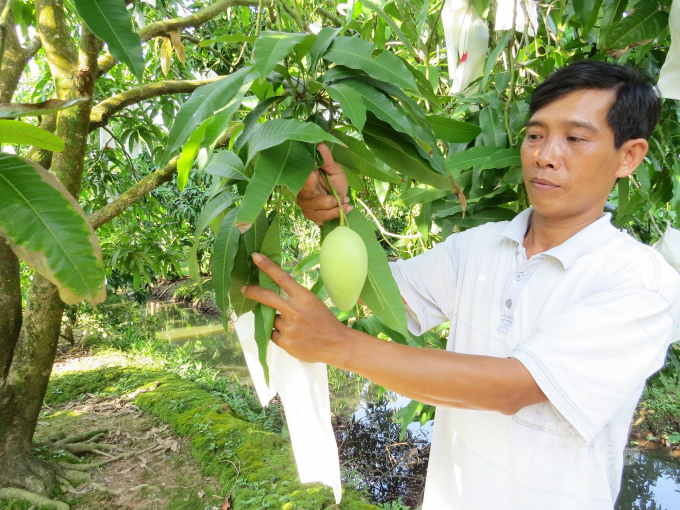
Planting area codes issuance is of high demand by farmers in concentrated production. Photo: Le Hoang Vu.
Mr. Huynh Moc Khai, Chairman of the Farmers' Association of Chau Phu B Ward, Chau Doc City, An Giang was pleased to say: For the first time, the mango-growing cooperative group of Chau Phu B ward, Chau Doc city has been granted a planting area code for green Thai mango with an area of 10.3ha and an association of 10 farmers in the area producing in the direction of food safety. The production process of Thai green mangoes follows the fruit export program to difficult markets such as Japan, Australia, the US, Korea... "Given the desired planting area code of the Cooperative Group, there will be businesses industry to link consumption in the next crop," said Mr. Khai.
In Can Tho City, Mr. Le Van Suot, Director of Thai Thanh Fruit Cooperative in Thoi Hung Commune, Co Do District said: The cooperative participates in exporting longan fruit to foreign markets through a sale contract with Chanh Thu Company and Vina T&T Company. Specifically, the cooperative's longan is exported to the US in 2018-2019, Australia and Singapore in 2020. It is expected that in 2022, it will be exported to the Japanese market. The export output of longan is about 30 tons per year. By now, most of the cooperative's longan growing area has been assigned a planting area code.
Mr. Le Van Suot added: Starting from a fruit growing cooperative group, thanks to support from the local
The planting area code is a certificate of identification number for a planting area to facilitate monitoring and control of production and product quality control. While simultaneously ensuring that agricultural products put into circulation on the market must have the matching origin.
government, Thai Thanh cooperative was established in 2018. The cooperative has 20 members, with 120ha of fruit trees. Thanks to strengthening links with one another and with businesses in the direction of quality, safety and with a growing area code, the cooperative's longan products have been exported to Singapore and fastidious markets such as the US and Australia.
Mr. Tran Thai Nghiem, Deputy Director of Can Tho City Department of Agriculture and Rural Development said: For the provision of planting area codes, according to the Law on Cultivation and Decree No. 94, the People's Committee of the province has been assigned to implement. The Ministry of Agriculture and Rural Development is the guiding agency for localities. By now in Can Tho City, there are 59 planting area codes associated with traceability of agricultural products issued to farmers at cooperatives, cooperative groups and raw material areas of exporting enterprises.
For concentrated production areas, the agricultural sector of Can Tho City has oriented in association with the Project on Restructure of the agricultural sector. Building according to each concentrated production area of different large and small scale. For example, with rice as the local staple crop, a large field will be built. And the pangasius will build a concentrated production area and a high-quality seed production area. In addition, some local specialties will develop raw material areas for OCOP products.
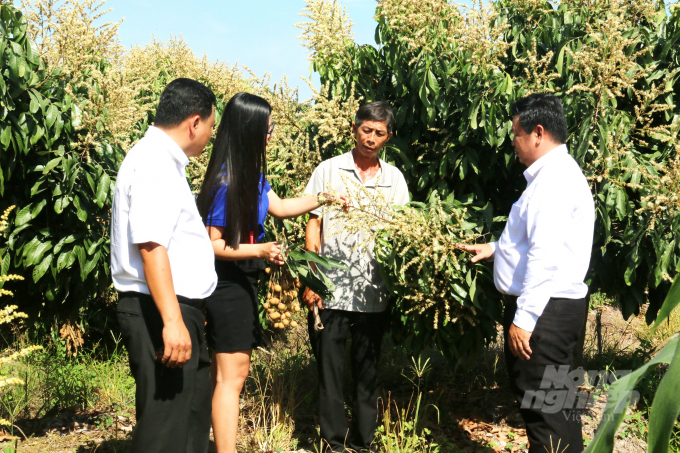
Establishing a planting area code not only helps with traceability but also adheres to production with specific procedure to meet market requirements. Photo: Le Hoang Vu.
In Dong Thap, there are 39,184 hectares of fruit trees, of which more than 145 hectares of mango, longan, citrus, and dragon fruit are certified for production according to VietGAP standards. There are 154 planting area codes with an area of 6,033 hectares. For the Chinese market, there are 94 planting area codes and 11 export packing facilities, mainly for mangoes.
Mr. Tran Tri Quang, Vice Chairman of Dong Thap Provincial People's Committee said: Dong Thap has strengths with key export products such as: Rice, processed seafood, fruit. In which, rice production has applied VietGAP and GlobalGAP standards, some regions have applied smart technology to production.
Seafood processing is one of the key industries with high production value. The province currently has 22 operating businesses. This is an advantageous industry that still has room for development, annually supplying the market with over 551,600 tons of aquatic products (about 460,000 tons of pangasius), a number of products applying high technology in processing such as fish oil, collagen from catfish skin.
According to Mr. Quang, the development of area codes for rice, fruit trees, vegetables and aquatic products not only helps with traceability but also adheres to production with specific processes to meet the requirements of markets. Accordingly, it contributes to changing the perception and actions of local people, businesses and managers. Closely monitor the production process and establish solutions to improve product quality and reduce production costs, promote linkages, and form sustainable value chains.
According to the Plant Protection Department, by now, the country has 48/63 provinces and cities that have established planting area codes for crops and currently has a total of 3,624 planting area codes. The localities have built 2,821 planting area codes for 12 types of fruit trees. In which mangoes and dragon fruits are the two fruits with the largest number of planting area codes. At the same time, localities also developed 193 area codes for vegetables and spices, 389 codes for exporting ornamental plants and flowers, and 11 codes for chili and tomato seed production areas.
Currently, countries such as the US, Australia, and Japan all require the planting area code and packing facility code for imported agricultural products. Since 2018, China has also introduced a requirement for agricultural products imported into the country to have a planting area code and a packing facility code. Therefore, localities are also interested in establishing packing facility codes. Currently, the functional sector has granted 1,826 packing facility codes to organizations and individuals in 37 provinces and cities to pack fresh fruits and vegetables for export to the markets of China, the United States, Australia, New Zealand, Korea and Japan.
Planting area code is a certificate of identification for a growing area to facilitate the monitoring and control of production and product quality control.While simultaneously ensuring that agricultural products put into circulation on the market must have the matching origin. Avoiding mixing products from other places into the growing area that has already been assigned a code. According to current regulations, a planting area to be considered for issuance of a code must be a concentrated production area, with a scale of not less than 7 hectares and not larger than 12 hectares.
Translated by Nguyen Hai Long
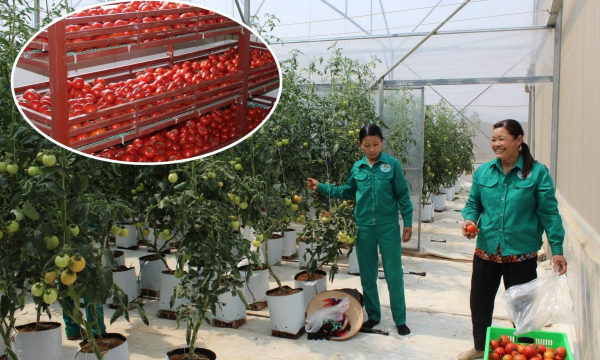
(VAN) The greenhouse complex stretches along the undulating hills, once abandoned, now serving as a source of fresh vegetables for over 16,000 students in the district.
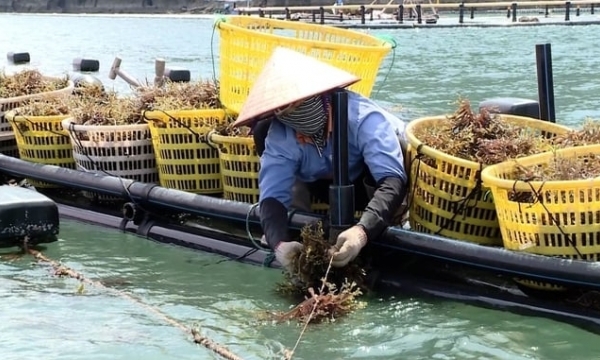
(VAN) Seaweed and marine algae have advantages in environmental protection and sustainable economic development, meeting food needs with uses in other fields
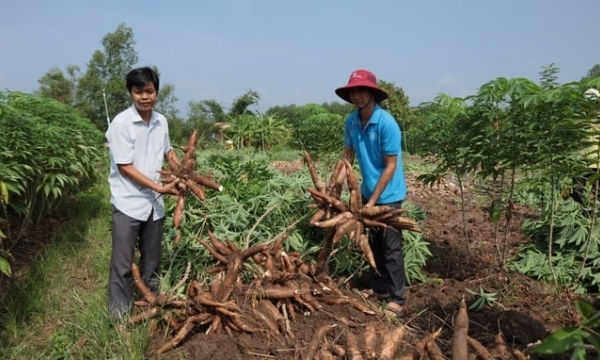
(VAN) In Tay Ninh, efficient irrigation has helped increase cassava yields by 30 - 50% (reaching 40 - 50 tons/ha), reducing irrigation water usage by 40%
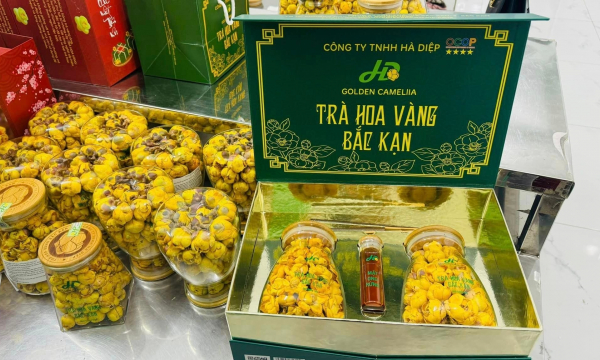
(VAN) In 2024, Bac Kan province has acquired investments for 10 projects in the agriculture and forestry sectors, with a particular focus on the production and processing of medicinal plants.
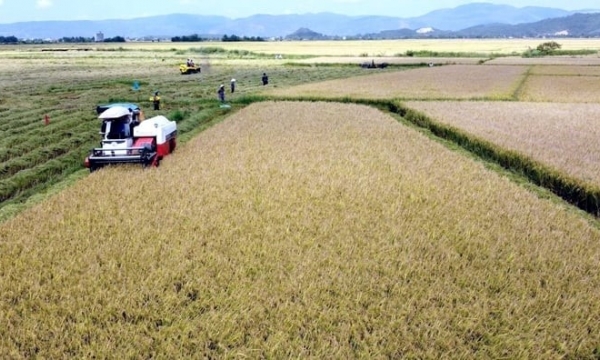
(VAN) Phu Yen is one of the localities with the conditions to develop high-tech agriculture, seafood processing and aquaculture.
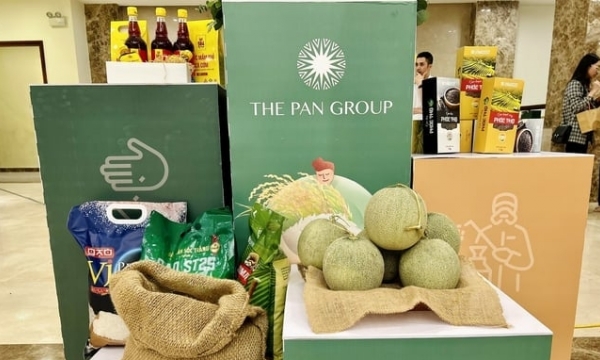
(VAN) In response to climate change concerns and economic challenges, PAN Group sets target of 12% revenue growth with natural agriculture solutions.
/2024/04/26/4910-3-173953_784.jpg)
(VAN) The Nestlé Net Zero Roadmap launched in 2020 has helped the Group transform its business operations and implement measures to reduce greenhouse gas emissions in all fields.